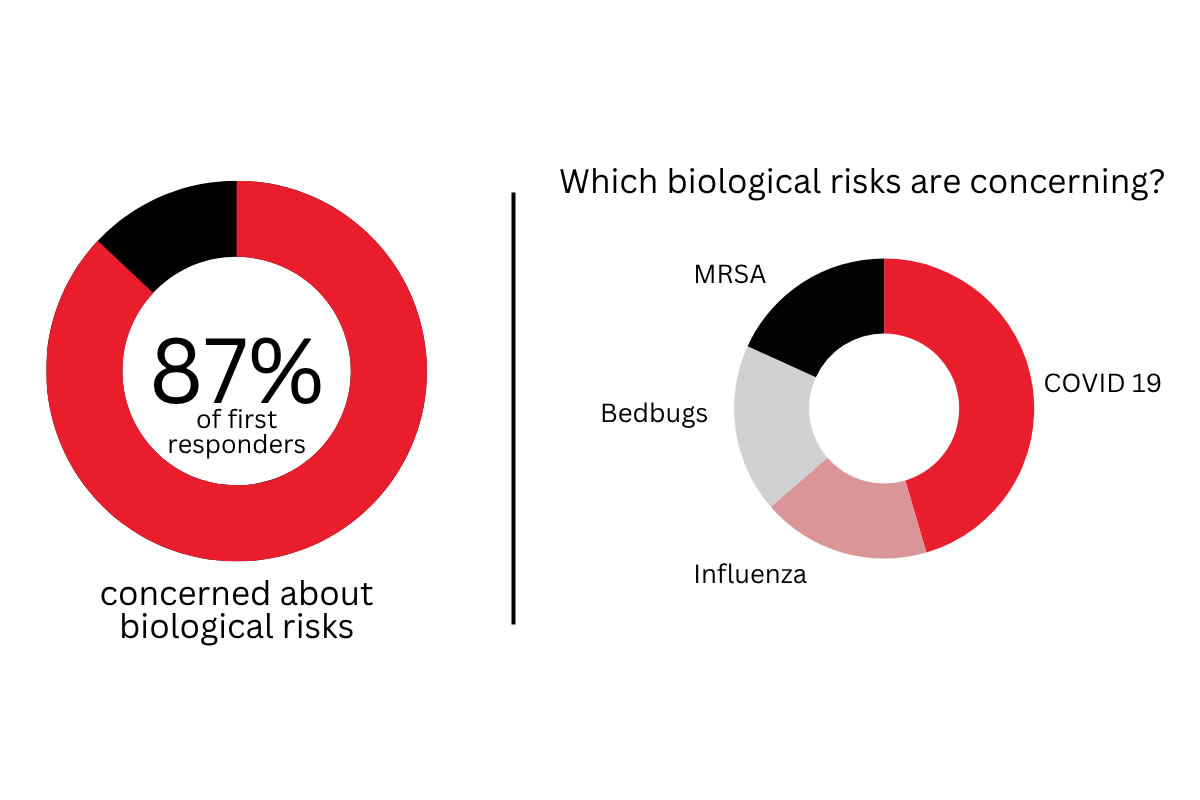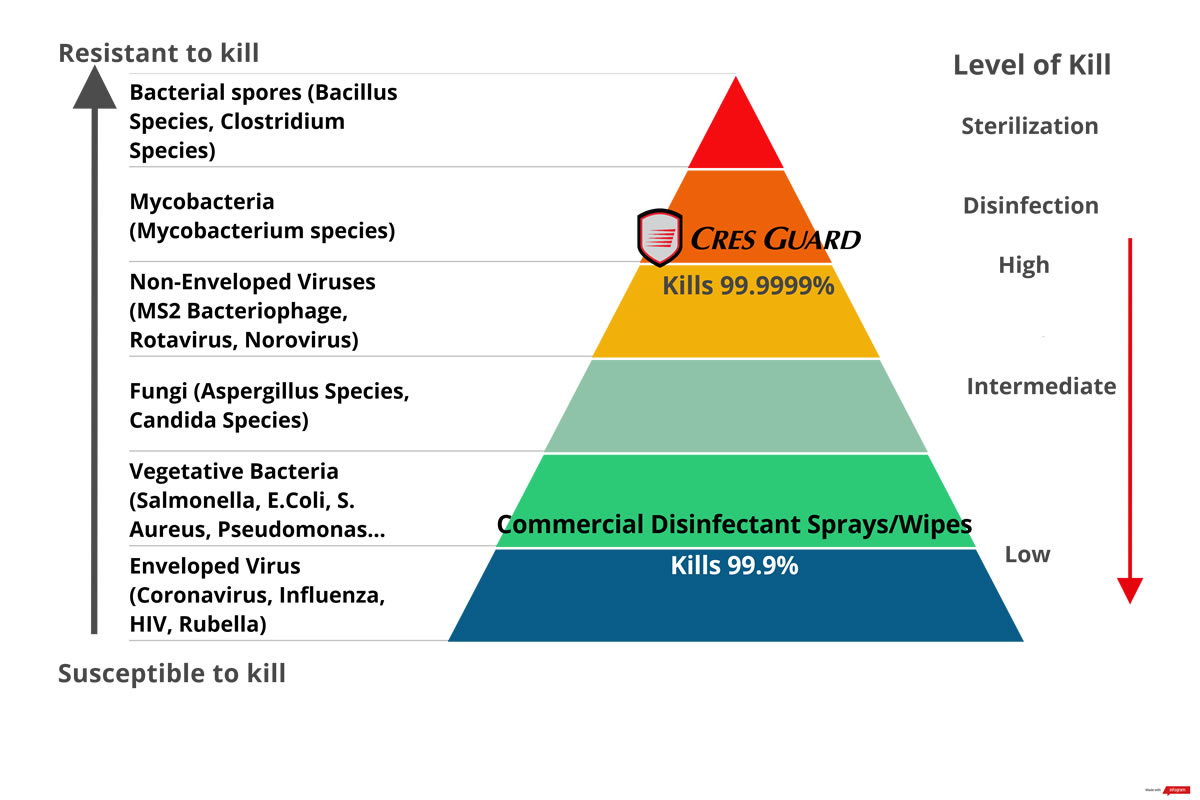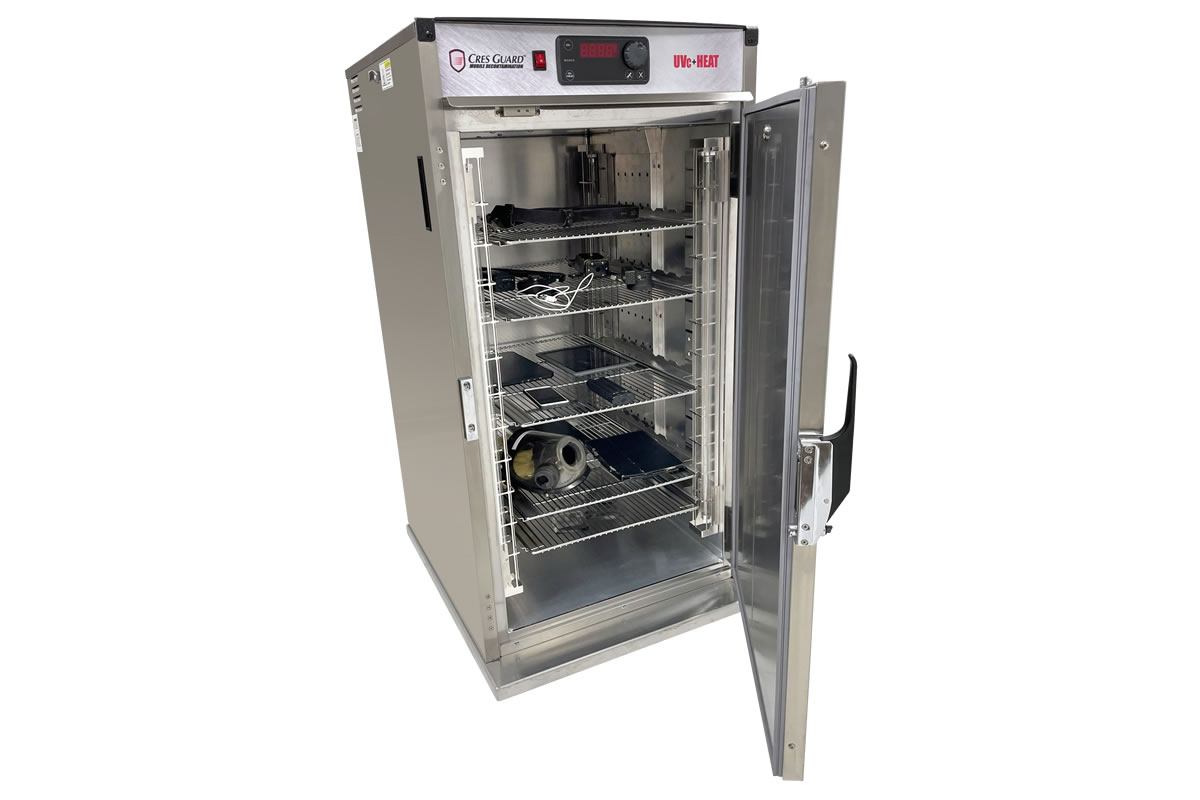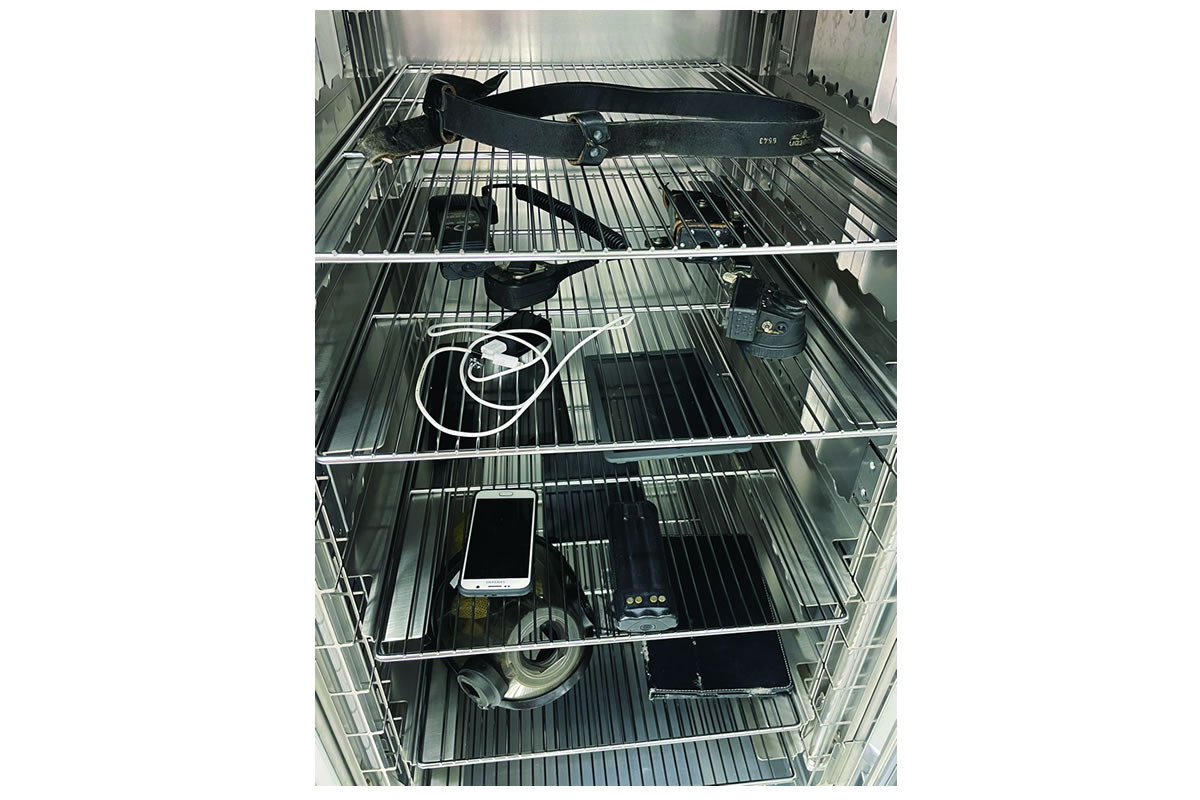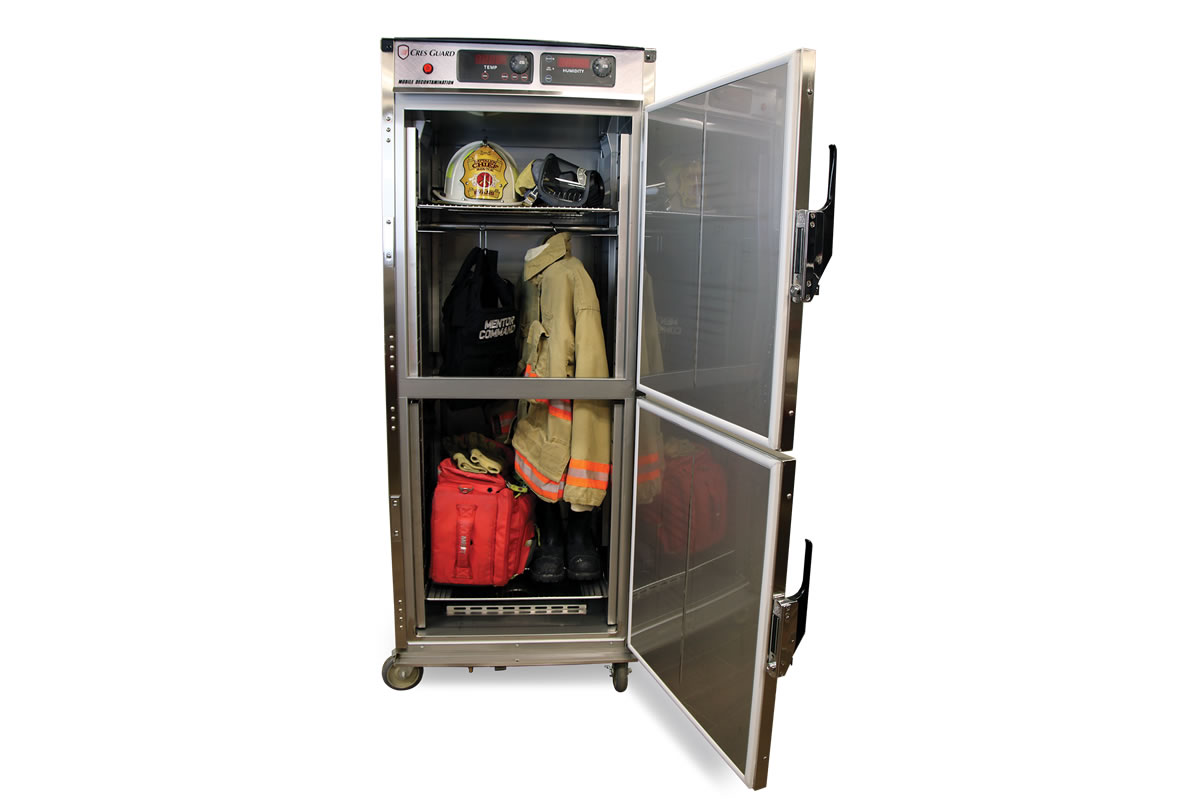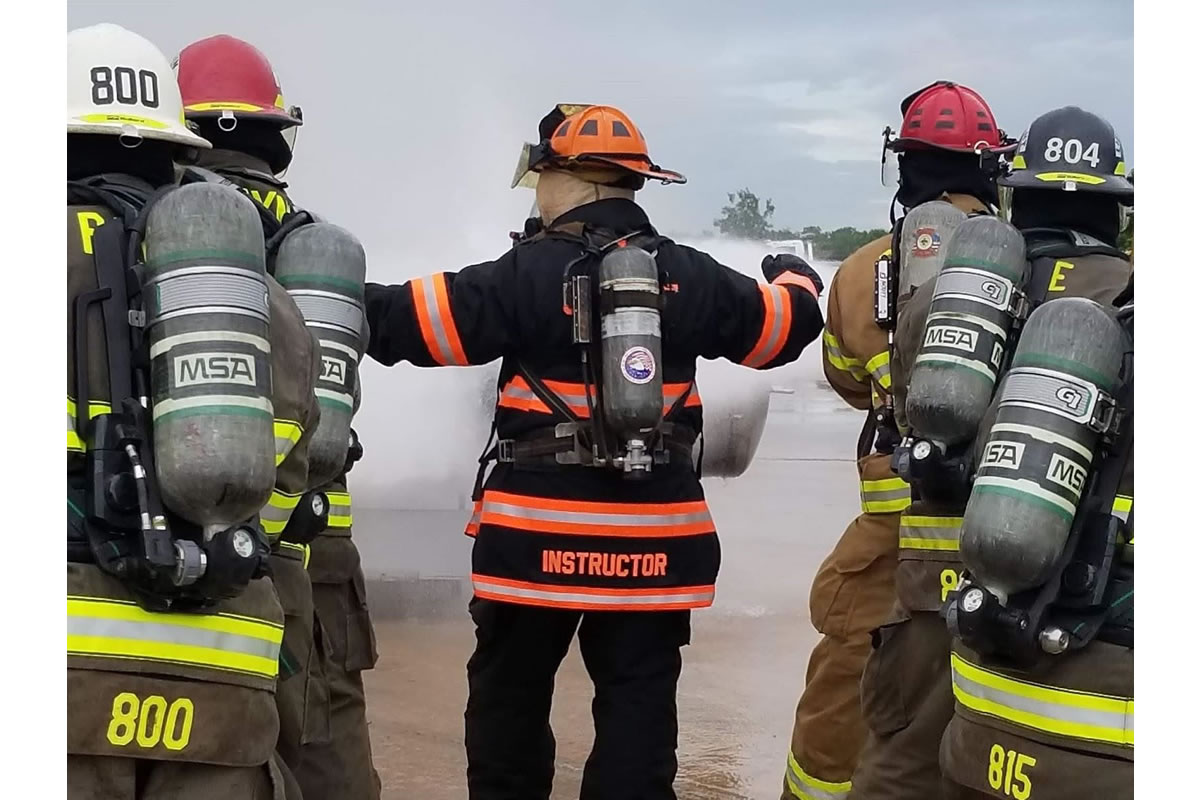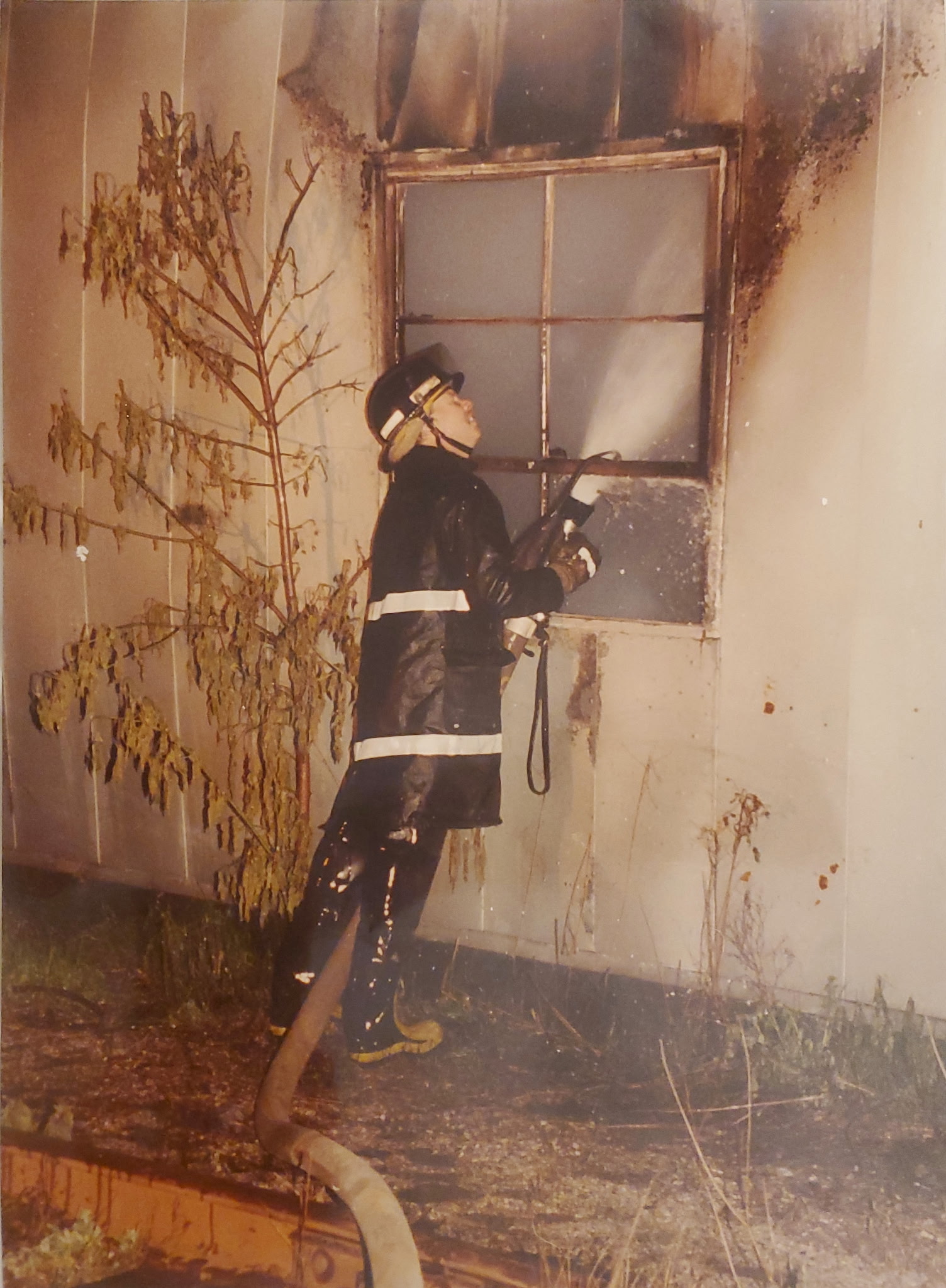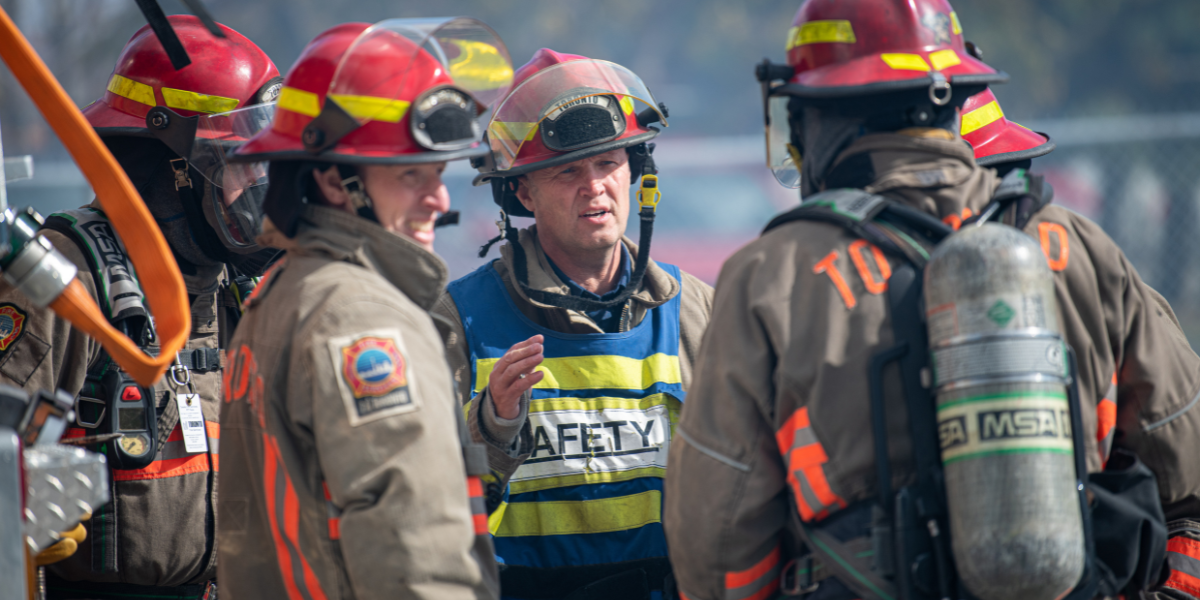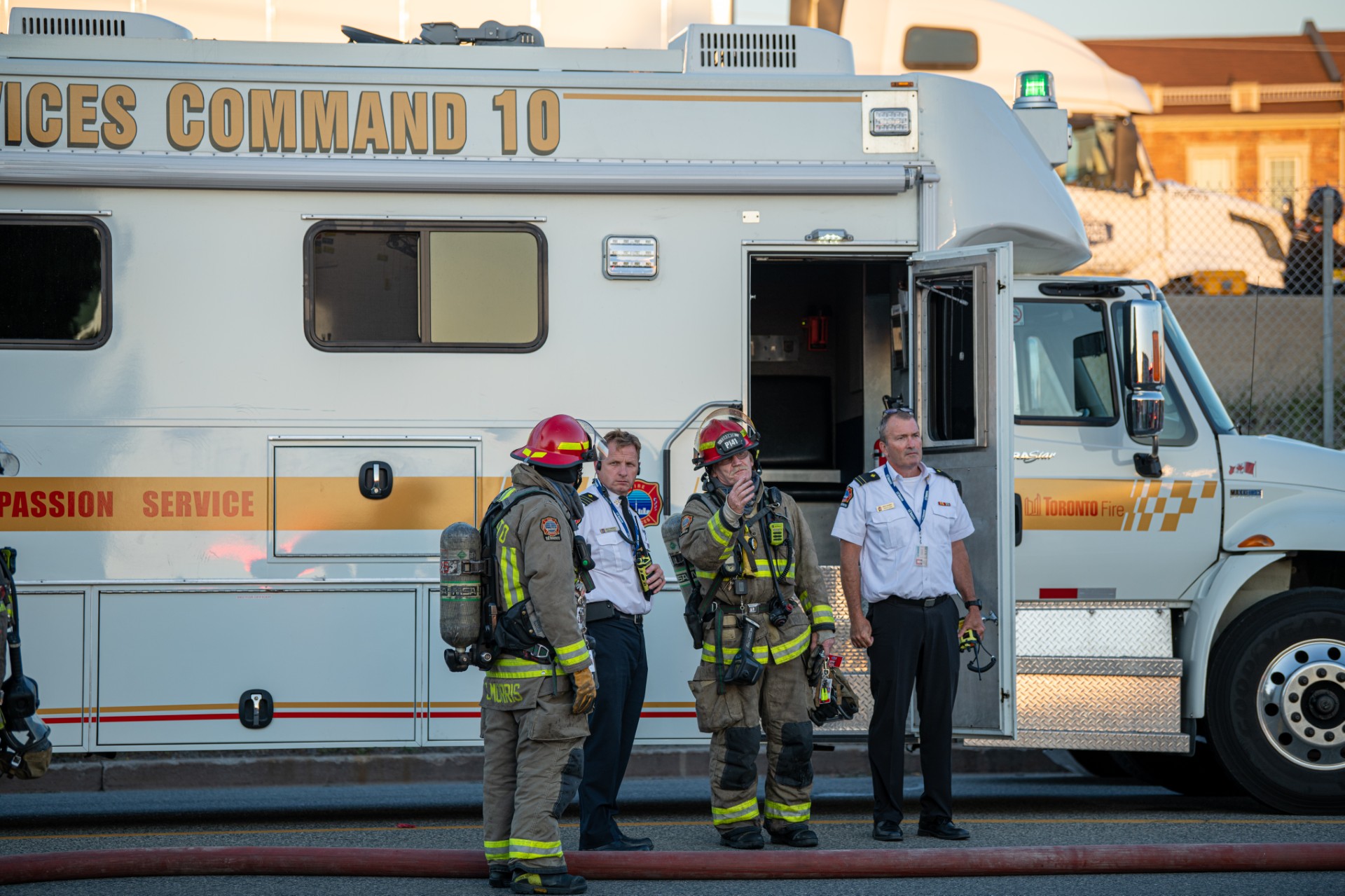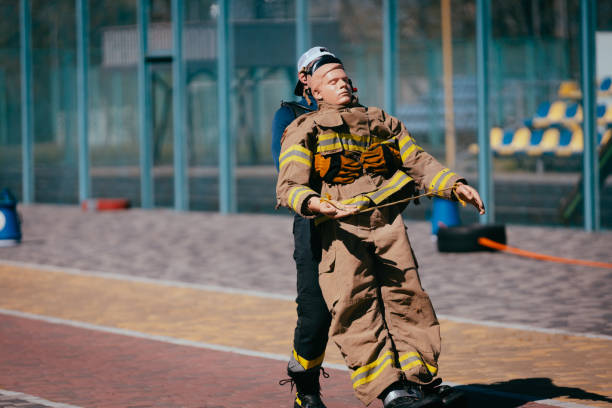Biological Contamination is an Operational Risk – Here’s How We Addressed It.
In early 2020, my role with the Oklahoma City Fire Department shifted unexpectedly. After just a year as Battalion Chief of Safety, our team began hearing reports of a rapidly spreading virus.
Our concerns at that time, of course, centered on COVID-19, but our overall experiences revealed the often complicated and broader challenges of continuing to protect firefighting personnel against invisible biological contamination. My background in hazardous materials response proved especially useful.
While fire departments have become adeptly skilled at handling visible hazards such as smoke, flame, and even chemical spills, our experience with COVID underscored the importance of developing proactive strategies for dealing with contamination that can't be seen or easily detected. We learned not to think in terms of a single virus, but rather in terms of long-term, scalable systems to address a wide range of pathogens, bacteria, viruses, and vectors potentially putting our teams at risk every day.
Decontamination as a safety priority against infection and cross-contamination are difficult to manage in the close quarters that firefighters share. Crews work long shifts while living together, riding together, and sharing equipment daily. The potential for contamination is everywhere.
We recognized the need to incorporate on-scene and post-incident decontamination as core elements of our operations through a systemic approach that would identify, contain, and neutralize biological contaminants throughout our workflow, all without compromising response times, or readiness.
We collaborated with occupational health and safety professionals, and other emergency response agencies, to develop a comprehensive contamination reduction protocol with recommendations that were eventually adopted by our department, and which created a structured, repeatable system for minimizing exposure risks during EMS runs and emergency responses. Admittedly, changing mindsets about invisible contamination was one of our biggest challenges, a challenge we met by improving awareness.
Biological threats don't always come with visible signs, so when gear doesn't appear to be soiled, some personnel are less likely to treat it as potentially contaminated. But no visible signs doesn't mean harmless. We used continuing education to raise awareness, and consistent training to build habits (muscle memory). We made a point of highlighting the potential for biological contamination in the fact that more than 80% of the calls fire departments receive are for emergency medical responses.
We continued by taking a broader look at exposure risks beyond more common pathogens like Methicillin-resistant Staphylococcus Aureus (MRSA), or Clostridioides Difficile (C-Diff.), focusing also on vector-borne diseases (VBDs) – illnesses transmitted by bugs & parasites like mosquitoes, ticks, fleas, lice and bedbugs…all of which can be carried on equipment into our fire stations, and even into our homes, where they can also infect our families. VBDs are caused by bacteria, viruses, and parasites and can result in symptoms ranging from headaches and fever to neurological issues or chronic illnesses.
For contamination that can be resolved by washing, it's easy to toss clothing into a washing machine. The same can't be said for helmets, some vests, SCBA masks and components, and most EMS equipment, to name a few. These often-handled and, therefore, high-risk items are much harder to clean and sanitize effectively. Even turnout clothing can often require more than washing to NFPA 1851 standards to resolve contamination, and in some cases, washing is not an option, e.g. when there are no spares or machines available.
We learned a lot about how to do it properly and effectively, and we were able to make the best choice for our department.
The best decisions are most often evidence-based – that's why evidence is generally required to convince decision-makers to support the development of new protocols, procedures, and practices – as it should be. Good research requires funding, and quite often that funding comes from private-sector companies conducting such research in identifying market needs and developing products that meet those needs, in the above case, by resolving the need for a way to identify and prevent contamination, and cross-contamination of firefighting equipment. We relied on such research, including research conducted by CresCor Health & Safety – with whom I eventually worked to develop a set of Biological Contamination Reduction Recommendations.
As an example, within those recommendations there are, among numerous others, recommendations for helping firefighters remediate suspected and confirmed biological contamination through a four-step process, namely; (1) Isolating; (2) Dismantling; (3) Cleaning and Disinfecting, and; (4) Providing extermination services when necessary. Continuing the example, if this process is used and the eventual decision from it is to disinfect, a decision 'tree' then helps firefighters determine where the contaminant falls on a scale of whether it is 'susceptible' or 'resistant' to kill before further determining whether the 'Level of Kill' will require the use of Lysol IC Quaternary, Sodium Hypochlorite Solution, or one or another biological decontamination units that can selectively use heat, moisture and/or UVC (depending on the unit), to decontaminate gear and equipment. There are separate recommended units for gear and equipment that can withstand heat, as well as for gear and equipment that cannot withstand heat.
The Biological Contamination Reduction Recommendations were supported by a survey of 112 first responders that CresCor conducted at the 2024 Fire Department Instructor's Conference (FDIC) in Indianapolis.
Respondents answered several questions by way of an online landing page form. On a scale of 1 to 5, the majority (40%) of respondents indicated they were moderately concerned about biological risks, followed by 30% who were highly concerned, and 17% who were extremely concerned. Overall, 87% of respondents expressed some level of concern about biological risks in the line of duty impacting their health, their crew, and their families. With respect to specific biological risks, COVID-19 was the top concern, cited by 25% of respondents. Concerns were nearly equally divided among MRSA, bedbugs, and the flu, indicating a broad awareness of these various biological, and potentially VBD, threats.
Even as pandemic fears fade, the need for biological safety in emergency services continues to grow. The threats may not always make headlines, but they're still present, in the homes we enter, the patients we assist, and the gear we wear. I'm proud that the Oklahoma City Fire Department took proactive steps to reduce biological exposure, not just during a global health crisis but as a long-term safety initiative. Departments can benefit from implementing a reliable, scalable decontamination process that can start with evaluating risk areas and identifying gear that may not be getting cleaned as often, or as effectively, as it should.
Battalion Chief Clint Greenwood (ret.), Oklahoma City Fire Department, served for 35 years, including as lead for the department's Hazardous Materials division. Following 9/11, he developed & trained 15 HazMat Teams and 22 Decontamination Teams throughout Oklahoma. Today, he advocates for innovation in first responder health & safety.
Click here to see a synopsis of the 2024 First Responders Biological Risk Concerns survey conducted at FDIC 2024: Survey Reveals First Responders' Biological Risk Concerns and Decontamination Measures
Click here to request more information about the Biological Contamination Reduction Recommendations: Bio-Decontamination for Fire & EMS | Cres Cor Health & Safety


